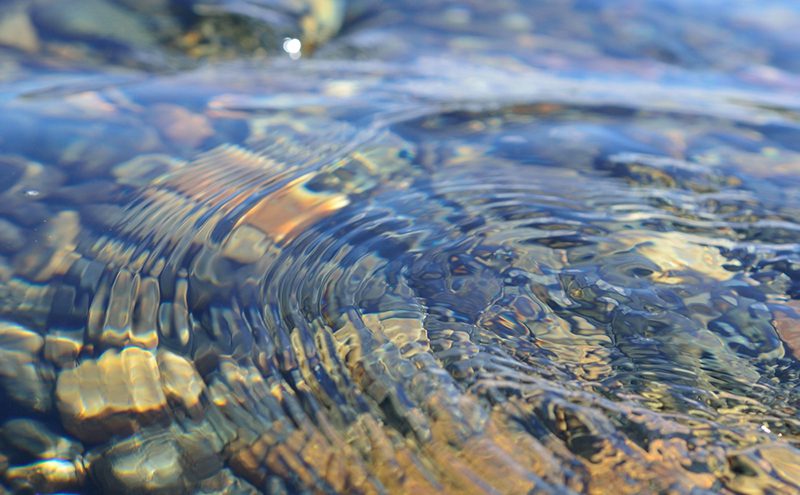
Plastic pollution in the world’s oceans is now widely recognised as a major global challenge – but we still know very little about how these plastics are actually reaching the sea. A new global initiative led by the University of Birmingham seemingly shows how focussing on rivers and river mouths can yield vital clues about how we might manage this plastic crisis.
The 100 Plastic Rivers Project is engaging with scientists in more than 60 locations worldwide to sample water and sediment in rivers. The aim is to better understand how plastics are transported and transformed in rivers and how they accumulate in river sediments, where they create a long-lasting pollution legacy.
First results of the project will be presented at the General Assembly of the European Geosciences Union, held in Vienna, Austria, from 7-12 April 2019. They show a complex picture, with a huge diversity in types and sources of plastic in selected river estuaries in the UK and France.
Professor Stefan Krause, of the School of Geography, Earth and Environmental Sciences at the University of Birmingham, explains: “Even if we all stopped using plastic right now, there would still be decades, if not centuries-worth of plastics being washed down rivers and into our seas. We’re getting more and more aware of the problems this is causing in our oceans, but we are now only starting to look at where these plastics are coming from, and how they’re accumulating in our river systems. We need to understand this before we can really begin to understand the scale of the risk that we’re facing.”
The 100 Plastic Rivers programme analyses both primary microplastics, such as micro-beads used in cosmetics, and secondary microplastics – from larger plastic items that have broken down in the environment or fibres from clothing.
A key part of the project is to establish a standard method for the sampling and analysis of microplastics which can be used to provide an assessment of the plastic pollution of our river networks. The Birmingham team have produced a toolkit, with detailed instructions for sampling water and river sediments at locations where stream flow is known or measured and developed methods of automating and thus, objectifying the identification and analysis of microplastics.
In a recently completed pilot study, the University of Birmingham team collaborated with the Clean Seas Odyssey citizen science project to test parts of the developed methodology based on sampling water and sediments from river estuaries around the UK and France Channel coast. By analysing the samples taken by interested members of the public, they were able to test the sampling protocol and develop a picture of the different types of polymers accumulated in river sediments at their confluence with the sea.
The results of this initial survey showed a much wider variety of plastic types in the samples than had been anticipated. This shows that, even in relatively well-regulated countries like the UK and France, there are a variety of different sources contributing to a high concentration of microplastics in river systems.
The research is funded by the Leverhulme Trust, the EU Horizon 2020 Framework, the Royal Society, and the Clean Seas Odyssey.






